Whether to start investing in crypto or not to do it? These two questions are common among those who are yet to decide whether they will enter this market or not. Naturally, entering this market is not an easy decision to make, especially when you don’t know all the major aspects of the market.
Therefore, you would need to learn all about these. However, you should be aware of the fact that gathering all the crucial information is not as simple as it may seem at first. We are talking about one of the markets that’s still relatively new, and even the experts on the topic don’t have a complete understanding.
One of the most important things you need to learn about cryptocurrency trading is the difference between trading crypto and crypto CFDs. To clarify both of these concepts, we would like to provide you with detailed insight into both of them and explain some of the most important details about each of them.
Without further ado, let’s take a look at some of the most significant points about these two.
Crypto CFDs
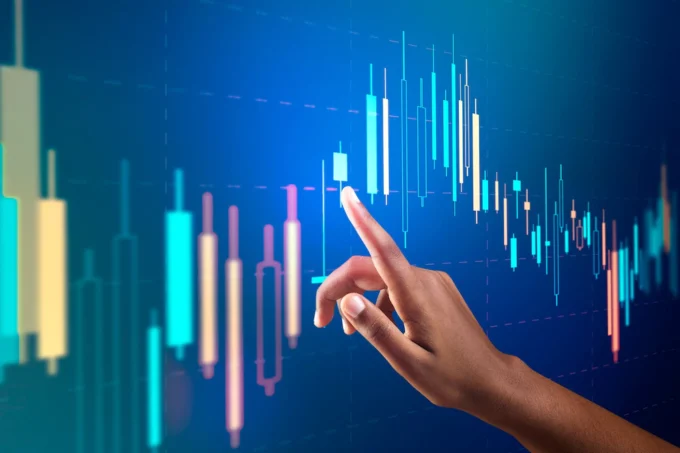
The first one we want to take a look at is crypto CFDs. We are talking about the financial derivate which acts as a medium between the brokerage and the trader. Therefore, the parties in this deal do not own the cryptocurrencies. Instead, we can see that the profits are made by predicting whether a certain cryptocurrency’s value will rise or fail.
Naturally, making an accurate prediction will help the individual get some profits. At the same time, making a wrong prediction will lead to losing a certain amount. The number of profits and losses depends solely on how the value will rise or fall in the process, obviously, it will be calculated in percentages.
As you can see the benefits of this approach are quite obvious, and they can be of much help down the road. At the same time, it needs to be said that other advantages of this approach are equally as important. For instance, we would like to point out flexibility as one of the most significant ones.
Margin and Leverage Requirements
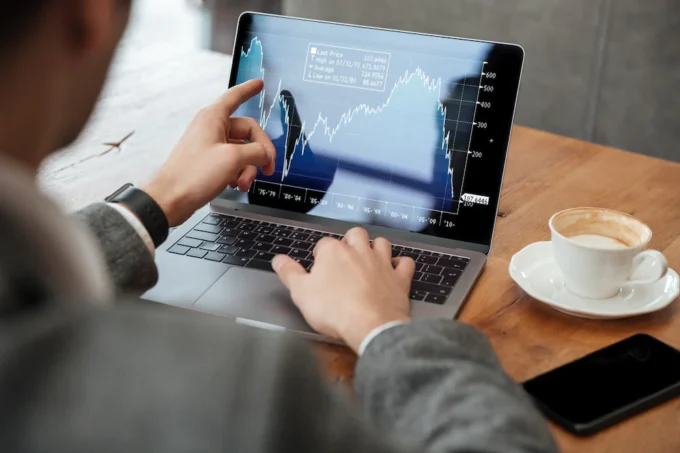
The next thing we want to point out about this one is that its significant elements are margin and leverage requirements. Leverages refer to the opportunity to maximize the amount of exchange through borrowing money from a broker. For this to occur as well as you need it, you should pay a margin requirement.
In the case of equity, you will need to sell much more cryptos than you might buy at that moment. At the same time, the leverage varies dependently on the local legislation, so no formula can make it work in every case. Therefore, you will need to perceive your case as a unique one, as everybody should.
Naturally, it is possible to sell several times the value of a digital currency, and use that to purchase as of cryptos as you might want. However, this is the moment when you’re looking at a possible disadvantage of this approach. You will not be able to purchase and sell too big of an amount and handle it properly.
Crypto Trading
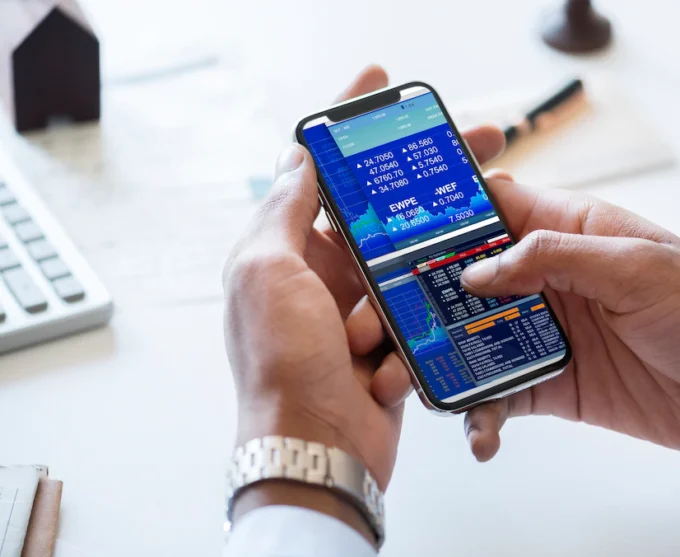
When it comes to basic cryptocurrency trading, we are talking about basic participation in the market. We are talking about purchasing digital currencies at a low price and then selling it when it reaches an appropriate price. In theory, this is not something that requires a lot of effort, but when you conduct it, you will see that it is not as simple.
When you decide to undergo this approach, the next thing is to take a look at one of two possibilities. We are talking about either long-term or short-term crypto trading. The difference between these two is pretty obvious at first sight, still, that doesn’t mean their elements are not as complicated.
Long-term trading means that a trader is purchasing digital currencies as an investment.
It means that these are kept inside e-wallets for a long time before they are ultimately sold. Naturally, selling them is a possibility only when the price fits your preferences. With short-term crypto trading, you will participate in various purchases and sales every day.
Using Technical Analysis
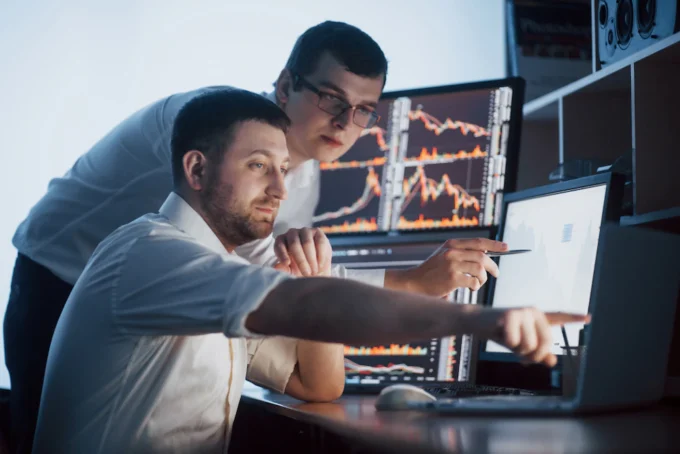
One of the most important things when it comes to crypto trading is knowing how to use technical analysis properly. The thing is, you need to take a look at the conditions in the market, and see how you can use these to your advantage. Believe us, this sounds much simpler in theory than it is.
The number of these movements is enormous, therefore, not using any tools that can help you with this task makes it practically impossible to fulfill. Thankfully, there are numerous tools you can use to make these analyses happen. Some of them can be found in the tools you will already use, but others are independent.
Through using these, it becomes easier for you to take a look at certain occurrences from different perspectives. That way, it is possible not only to try out different approaches, but you can also to include them in your portfolio. As versatile as your portfolio is, you become a better trader, you can be sure of that.
Should You Enter the Market?
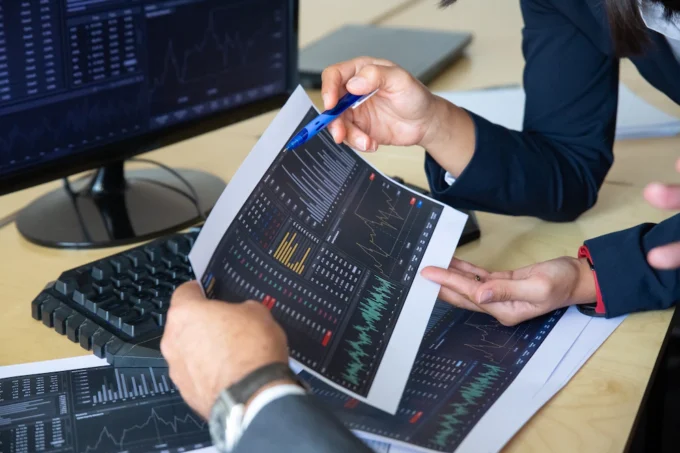
The only thing to think about is deciding whether you will enter the market or not.
Understanding all the important elements of this market is an absolute must. First, you need to know just how volatile the market can be.
Depending on what approach you undertake, you need either to be patient until the proper level of value has been achieved or when you need to take a look at different trends on the market and use them to your advantage. When you understand all the elements, you will be able to decide whether to enter the market or not.
The Bottom Line
Understanding the difference between these two concepts is an essential element before you are ready to make future steps. Here, we’ve explained them in greater detail. We’re sure you will find this insight quite useful.









